
The Himalayas call to the soul of each traveler, advertising endless trails carved by icy masses, prayer-flagged passes, and snow-covered summits that extend past the clouds. Among the numerous ways winding through Nepal's good countries, three stand out as life-changing encounters: the Everest Base Camp trek, the Manaslu Circuit trek, and the Annapurna Circuit trek. Together, they speak to the pitch of Himalayan trekking—raw excellence, social lavishness, and physical challenge.
This article investigates these amazing routes, what to Expect, how to plan, and why they are best experienced with Nepal high trek, a neighborhood company trusted for security, skill, and bona fide treks.
Trek Outlines: Everest, Manaslu & Annapurna
Everest Base Camp Trek
The Everest Base Camp trek is ostensibly the most famous trek on earth. Taking you to the foot of the world’s most noteworthy top, this 12–14-day experience begins with an emotional flight to Lukla, followed by a path winding through Namche Bazaar, Tengboche, Dingboche, and inevitably to Gorak Shep and Everest Base Camp (5,364m). Explorers also climb Kala Patthar (5,545m) for an exceptional all-encompassing view of Mount Everest, Lhotse, and Nuptse. Along the way, trekkers witness the Sherpa way of life, visit old cloisters, and walk in the shadows of legends.
Manaslu Circuit Trek
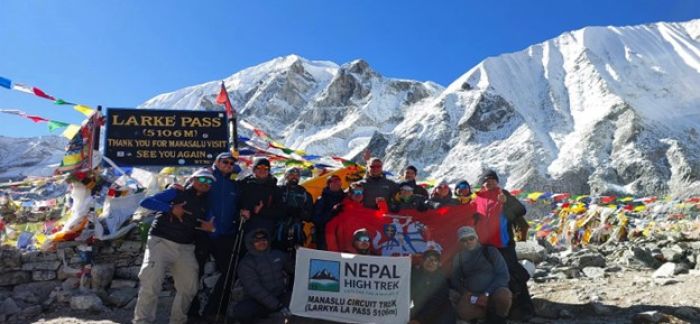
The Manaslu Circuit trek offers an inaccessible and perfect trekking experience, circling the eighth-highest mountain in the world, Manaslu (8,163m). The path is a mix of social inundation and normal ponder, navigating Tibetan-influenced towns like Samagaon, following the Budhi Gandaki Stream, and crossing the high Larke La Pass (5,160m). Less swarmed than Everest or Annapurna, the Manaslu region remains generally untouched and is perfect for trekkers looking for isolation, a more profound sense of being, and a wild Himalayan atmosphere.
Annapurna Circuit Trek
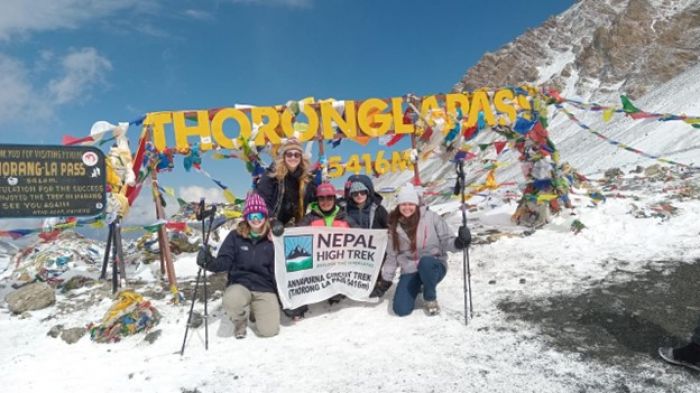
The Annapurna Circuit trek is a classic course exhibiting Nepal's geological differences. Traversing 160–230 kilometers depending on the agenda, the trek regularly begins in Besisahar and climbs through rich terraced hills, snow-capped glades, and bone-dry high-altitude zones to cross the Thorong La Pass (5,416m). Trekkers are treated to changing scenes, societies, and climates as they move from Hindu marshes to Buddhist good countries, inevitably plummeting to Muktinath and the blustery Kali Gandaki Valley.
What to Expect on All Three Treks
Trekking in Nepal's good countries is not only a physical challenge but also a full tactile drenching. On all three treks, Expect walking 5–8 hours day by day over tough territory, rising to heights over 5,000 meters. Each day brings beautiful rewards—towering peaks, cascading waterfalls, and timberlands filled with rhododendrons or pines. Tea houses give essential but inviting convenience, with warm nourishment, hot tea, and healthy neighborhood dishes like dal bhat or Tibetan bread.
Culturally, trekkers lock in with Sherpas in Everest, Tibetan-Buddhist communities in Manaslu, and Gurung and Thakali societies in Annapurna. Colorful supplication banners shudder from high passes, antiquated mani dividers line the trails, and religious communities resound with the delicate chants of ministers. The travel is otherworldly as much as it is physical.
All treks require a great level of wellness and mental endurance. Climate conditions can alter rapidly, particularly at high altitudes, and offices require more fundamental assistance as you rise. That said, the magnificence of the Himalayas, the camaraderie among trekkers, and the lovely encounter of strolling among the mammoths make each exertion worth it.
Preparation for All Treks
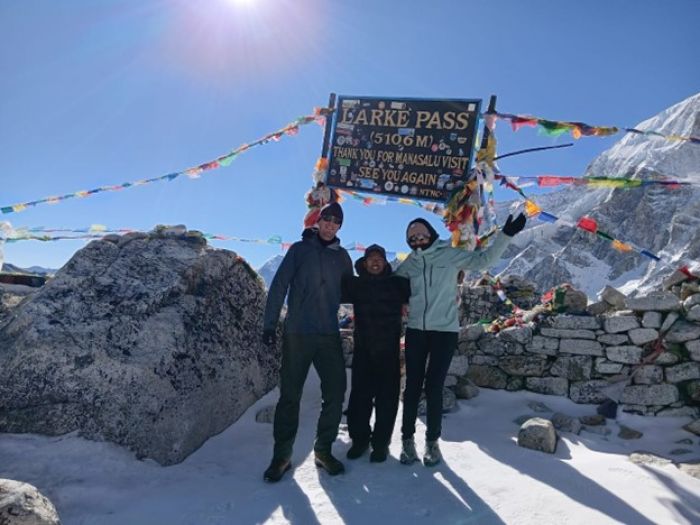
Preparing for any of these Himalayan treks requires a blend of physical preparation, equipment choice, and mental status. Begin cardio and continue workouts. 2–3 months some time recently, your trip—hiking, stair climbing, and long-distance strolling are perfect. Fortifying your legs, center, and lungs will get you ready for long climbs and long days.
Essential equipment incorporates waterproof boots, warm layers, a down coat, a resting sack (-10°C or lower), a headlamp, trekking poles, and a strong rucksack. It is essential to begin with a help unit, water decontamination tablets, sunscreen, and snacks like nuts or vitality bars are too important.
Men High, be arranged to adjust to provincial conditions, cold evenings, and periodic distress. Acclimatization days are built into the treks—take them truly. Walk gradually, drink a bounty of water, and don’t hesitate to talk up if you experience side effects of height sickness.
Travel protection that covers high-altitude trekking and crisis departure is a must. Too, it’s prudent to plan duplicates of your archives and keep a few cash handy, as ATMs are uncommon past the trailheads.
Best Time to trek: Everest, Manaslu & Annapurna
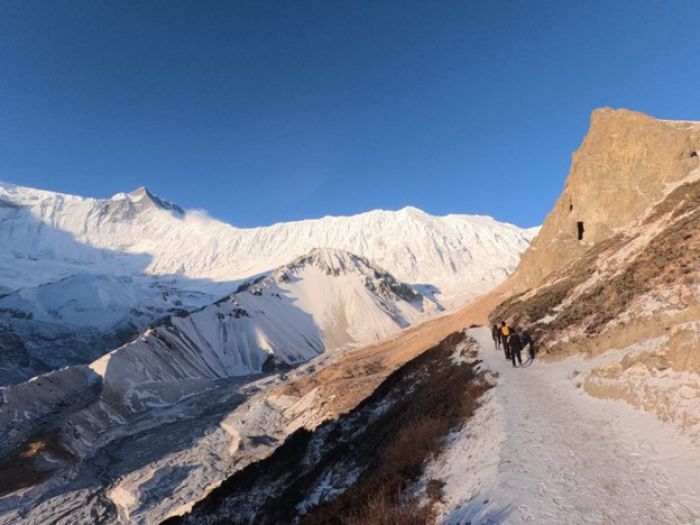
The best times for all three treks are in spring (March–May) and Autumn (late September–November). These periods offer the most steady climate, clear mountain seas, and wonderful temperatures. In spring, you’ll trek beneath sprouting rhododendrons, particularly on the Annapurna path, whereas harvest time brings fresh skies and post-monsoon clarity.
Winter (December–February) can bring snow and make passes like Thorong La or Larke La obstructed, whereas summer (June–August) sees overwhelming rainstorm downpours, particularly in lower elevations, making trails sloppy and leech-infested. Be that as it may, the Manaslu Circuit, which lies in a rain-shadow zone after certain points, can still be reasonable in early summer for experienced trekkers.
Altitude and Sickness
All three treks climb over 5,000 meters, so elevation affliction is a genuine risk. Side effects include cerebral pain, queasiness, tipsiness, and weariness. The key to anticipating Intense Mountain Affliction (AMS) is to climb gradually, take after acclimatization plans, remain hydrated, and avoid alcohol and smoking.
Everest Base Camp includes continuous rising and rest days at Namche Bazaar (3,440m) and Dingboche (4,410m), whereas the Manaslu Circuit and Annapurna Circuit both incorporate acclimatization at key towns like Samagaon and Manang. Indeed, with acclimatization, tune in to your body—never thrust through extreme side effects. Plunge is the remedy, as it were, for genuine height sickness.
Taking Diamox as a preventive measure is common, but consult your specialist some time before use. Nepal high trek guarantees guides are prepared to begin with help and have access to oxygen barrels and crisis communication if clearing is needed.
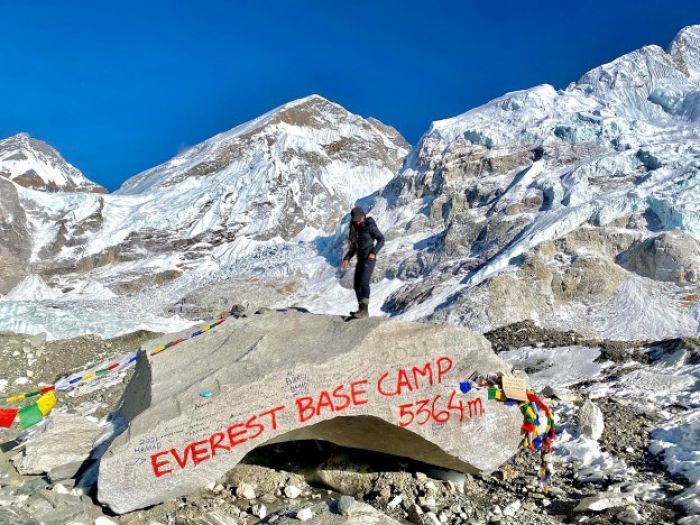
Practical Information
Permits:
Everest: TIMS card + Sagarmatha National Stop Passage + Khumbu Rustic District fee
Manaslu: Manaslu Confined Zone Allow + MCAP + ACAP + TIMS
Annapurna: ACAP Allow + TIMS
Guide/Porter: Enlisting an authorized direct and watchman is emphatically suggested, particularly on the Manaslu Circuit, where guides are obligatory. They offer assistance with routes, security, culture, and coordination, permitting you to completely appreciate the trek.
Connectivity: Versatile scope exists in lower regions but gets inconsistent at higher heights. A few tea houses offer Wi-Fi (paid), and Nepal Telecom or NTC SIM cards have the largest scope in Everest and Annapurna.
Costs:
- Everest Base Camp trek (12–14 days): USD 1100–1500
- Manaslu Circuit trek (14–16 days): USD 1200–1600
- Annapurna Circuit trek (14–18 days): USD 900–1400
Prices incorporate direct grants, nourishment, convenience, and sometimes airplane terminal exchanges and doormen. Helicopter clearing or extravagant lodges have taken an extra toll.
Why Select These Treks with Nepal High Trek?
Choosing the right trekking office can make or break your Himalayan encounter. Nepal high trek stands out for its experienced guides, safety-first approach, reasonable pricing, and profound nearby information. Their group incorporates local people who’ve grown up in the mountains and get each subtlety of these trails.
Nepal high trek tailors an Itinerary to your pace and needs, guaranteeing legitimate acclimatization, comfortable stays, and social interaction. Their guides are certified by Trekking Agencies’ Affiliation of Nepal (TAAN) and prepared in the wild to provide help. The company is moreover committed to sustainable tourism, utilizing eco-friendly homes and supporting neighborhood communities through business and education.
Whether you need to overcome Everest’s base camp, circle the powerful Manaslu, or navigate the differing Annapurna region, Nepal high trek guarantees a travel experience that is secure, profound, and unforgettable.
Final Thoughts
The Everest Base Camp trek, Manaslu Circuit trek, and Annapurna Circuit trek each offer a special focal point into the excellence and culture of the Himalayas. From the bustling trails of Everest to the peaceful ways of Manaslu and the ever-changing scenes of Annapurna, these experiences rethink what it implies to touch the sky.
With the right planning, the right time of year, and the master bolster of Nepal high trek, you’re not just strolling among mountains—you’re strolling into a story you’ll tell for a lifetime.
Booking Process by Nepal High Trek:
To book any of these treks tours through Nepal High Trek Pvt.Ltd , begin by contacting them via email at info@nepalhightrek.com or phone or WhatsApp at +977-9851142116 to discuss your preferred dates, group size, and specific needs. They will provide a detailed itinerary covering the trek’s duration, highlights, cost, and inclusions such as a guide, porter, meals, accommodation, and transportation.
Prior to the trek, you will receive a comprehensive pre-trek briefing with essential information on packing, fitness preparation, and altitude acclimatization. The agency will finalize all logistical arrangements, including transportation, accommodation, and permits, to ensure everything is in place for your trek. Upon arrival in Nepal, the team will ensure that all aspects of the trek are organized, providing you with a smooth and unforgettable experience on these treks.









